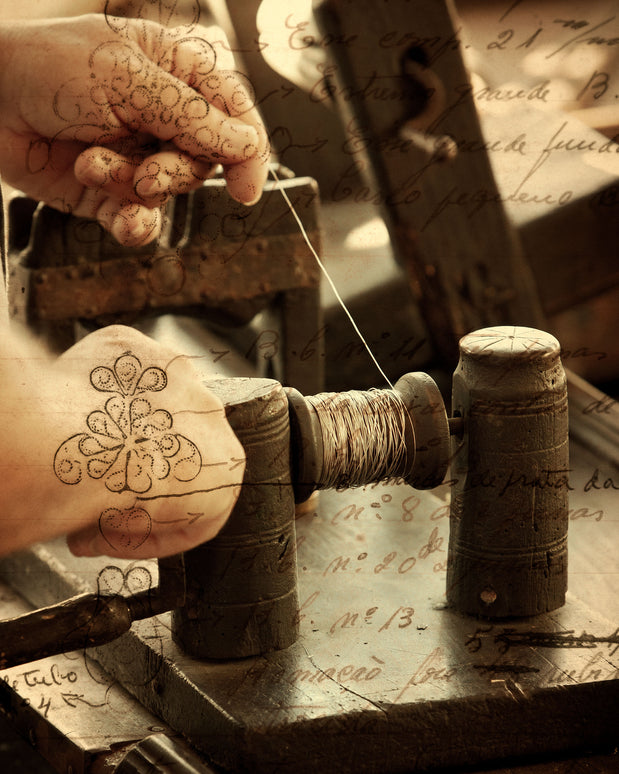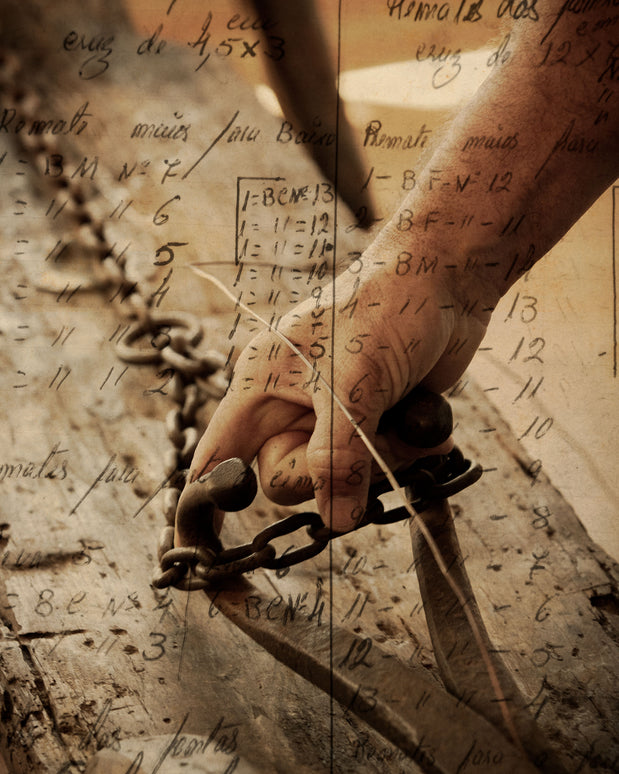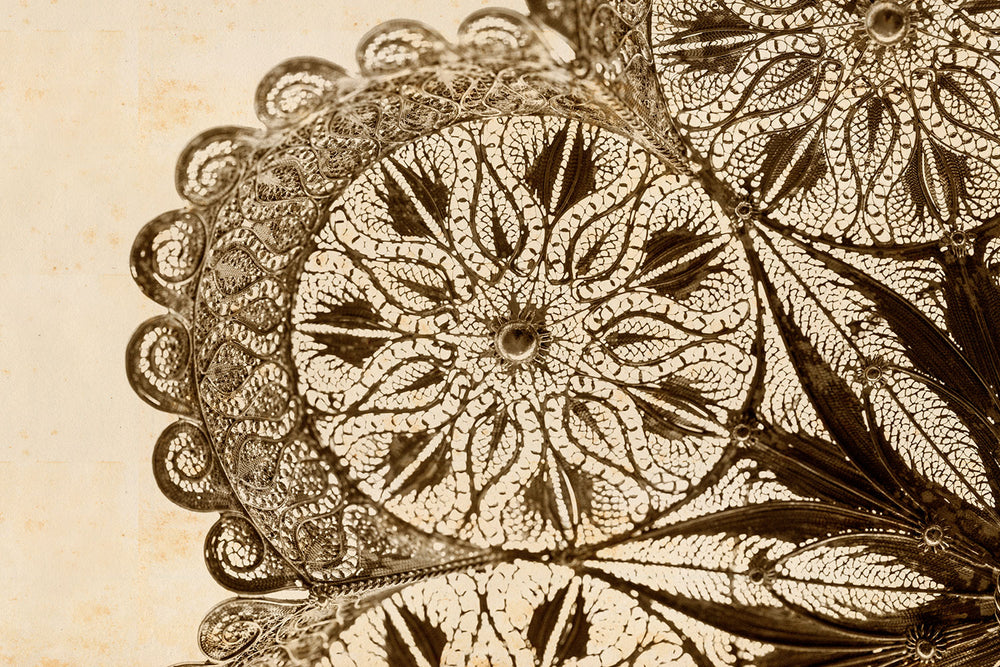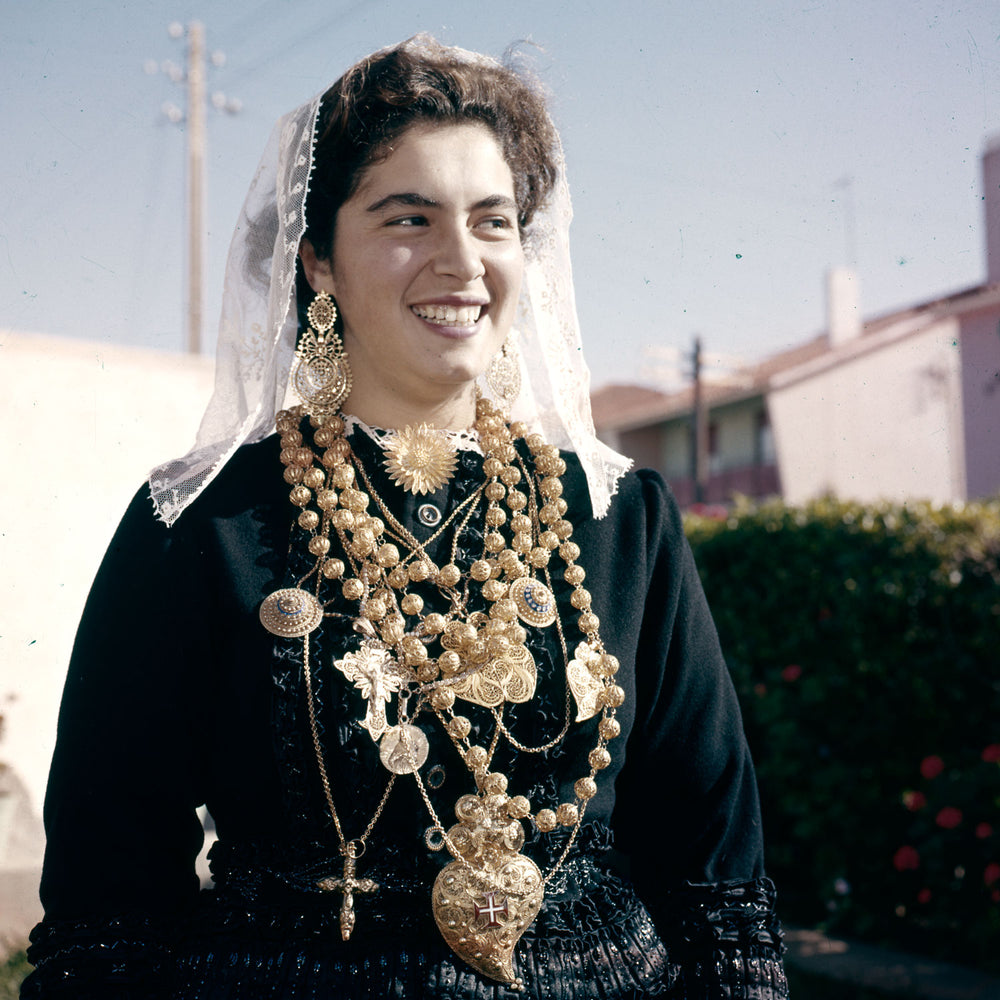THE ANCIENT ART OF FILIGREE
The word filigree derives from the Latin filum + granum. The term refers to the granulated gold thread obtained from the twisting of two threads, no thicker than a hair, which is then beaten. The process gives the thread an unmistakable texture, characteristic of Portuguese filigree.








